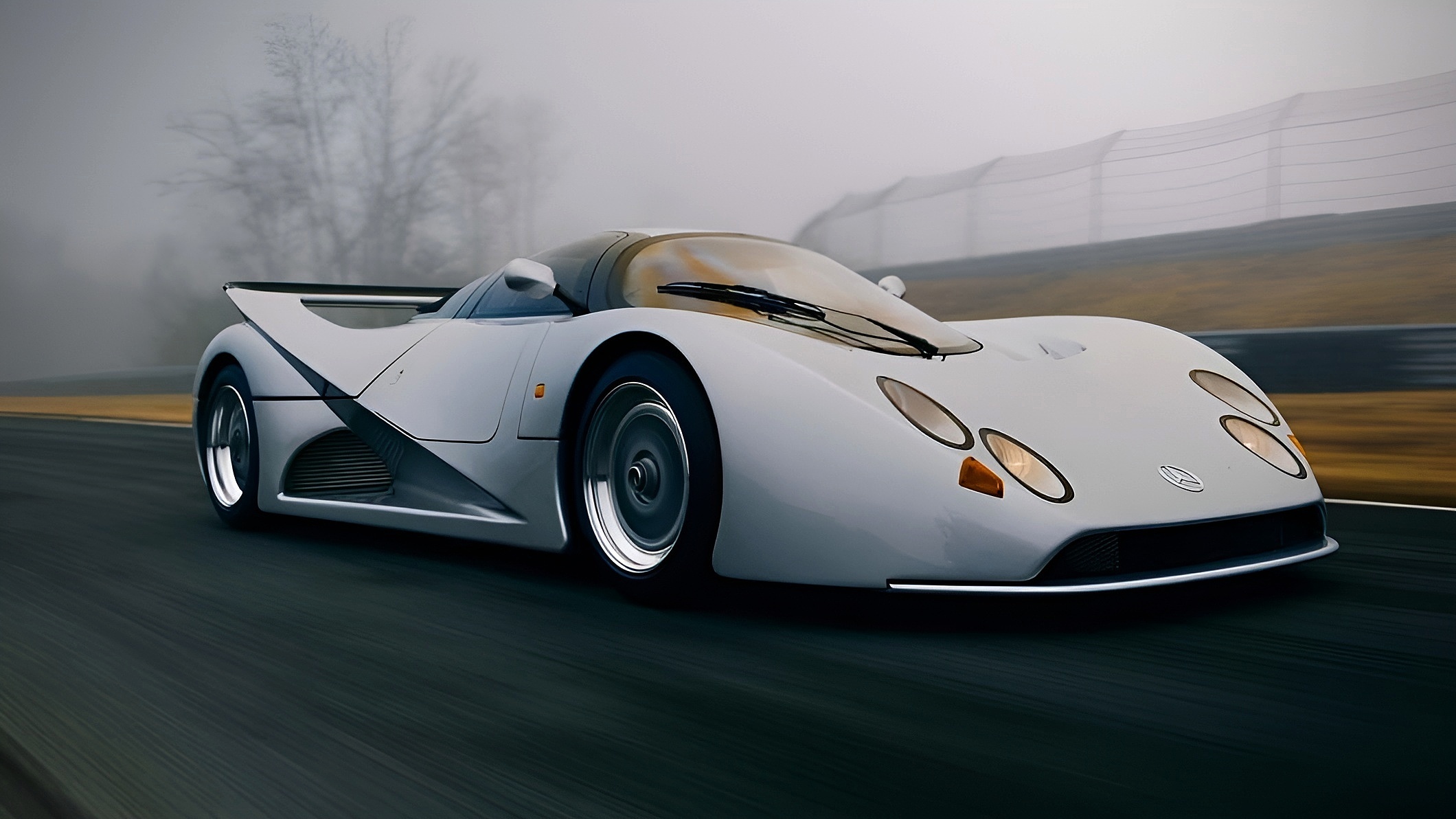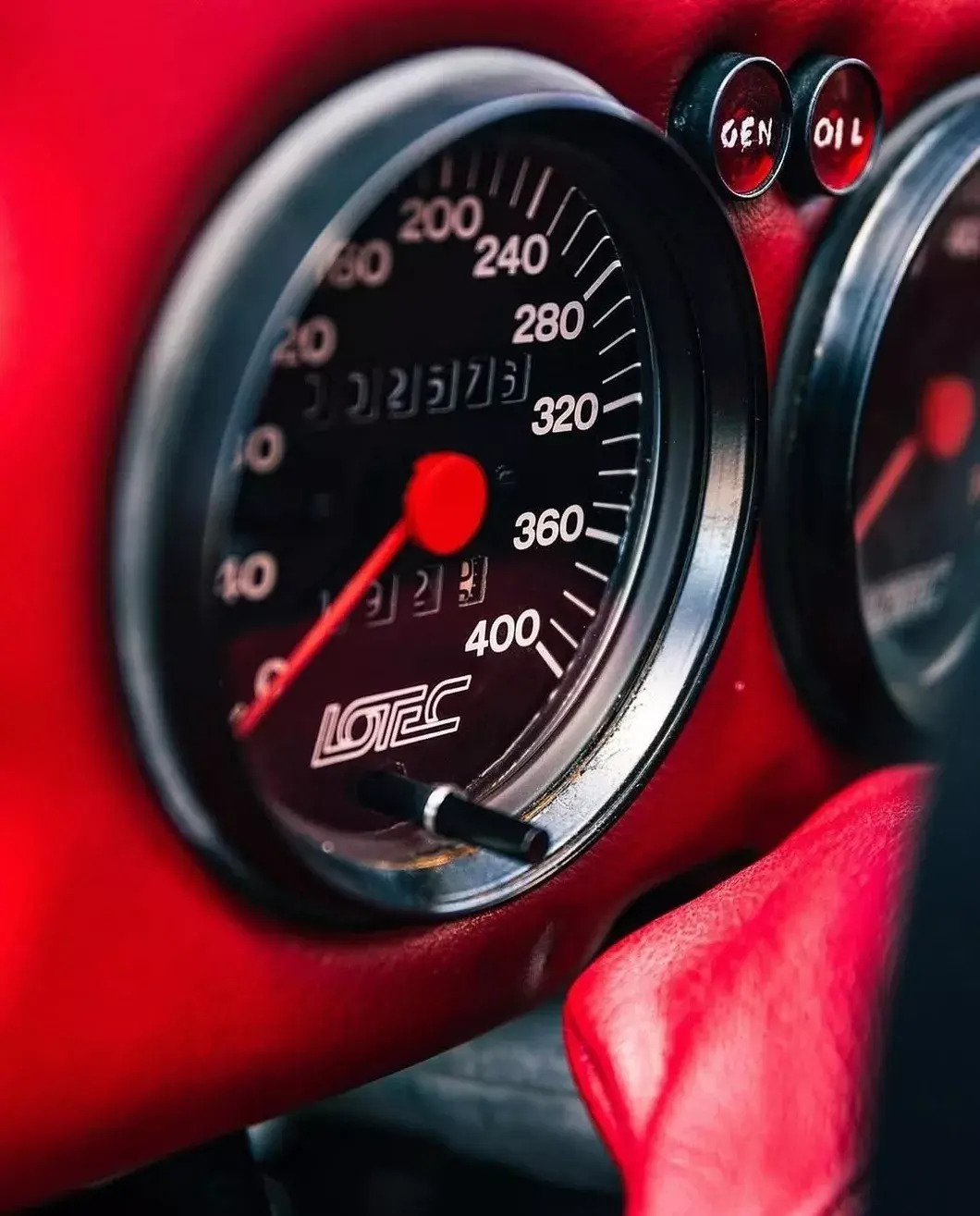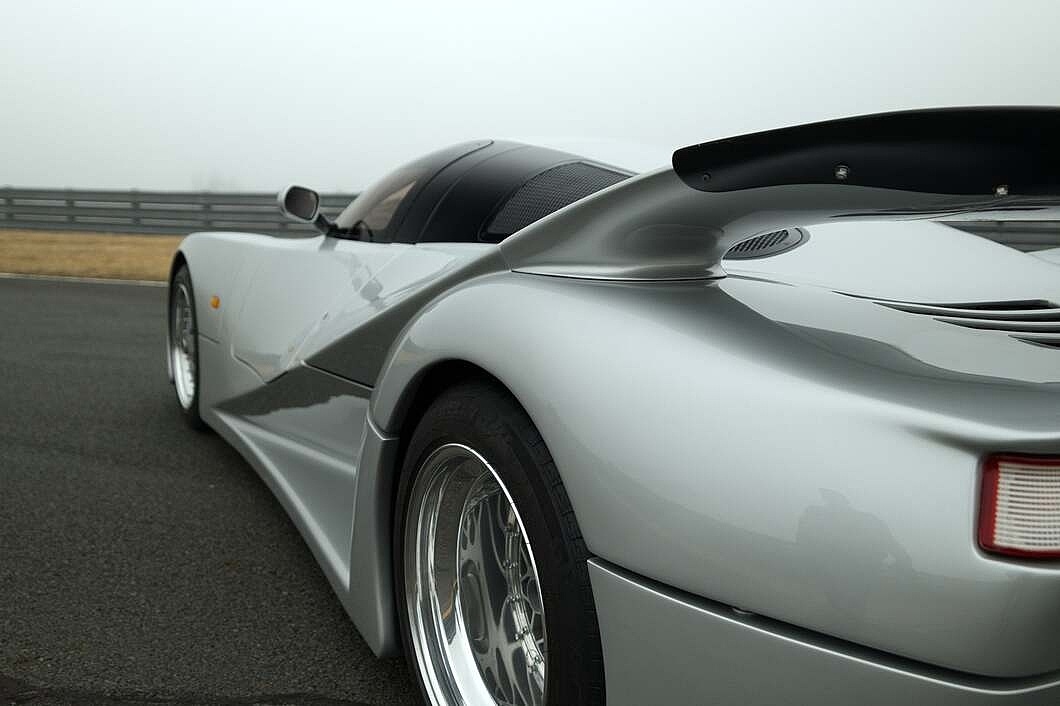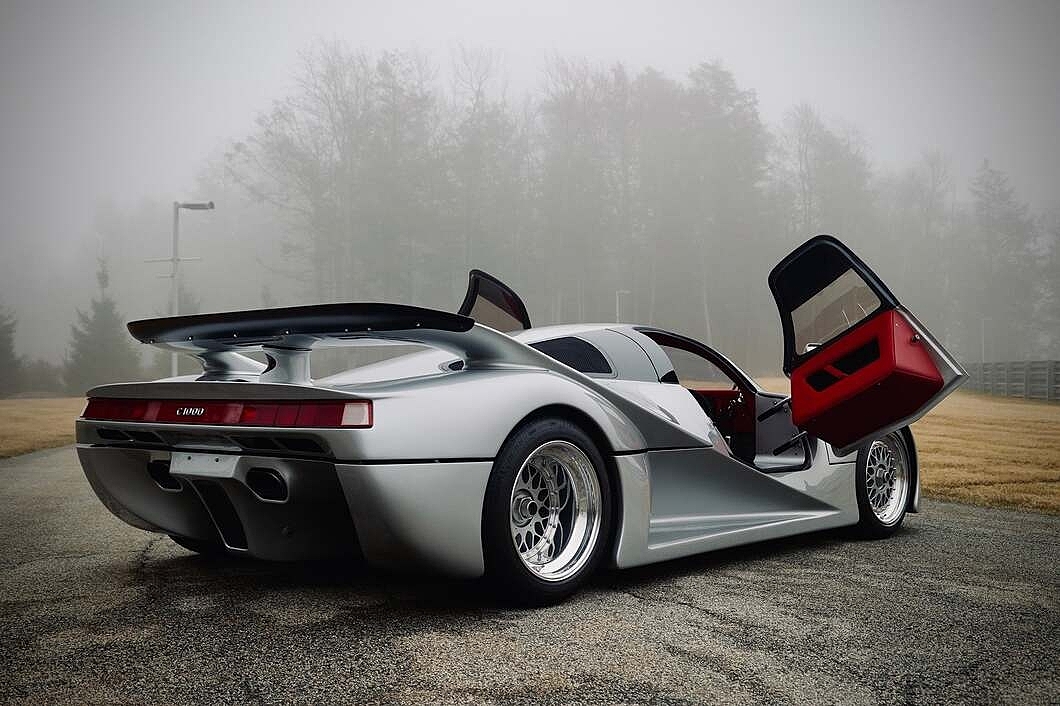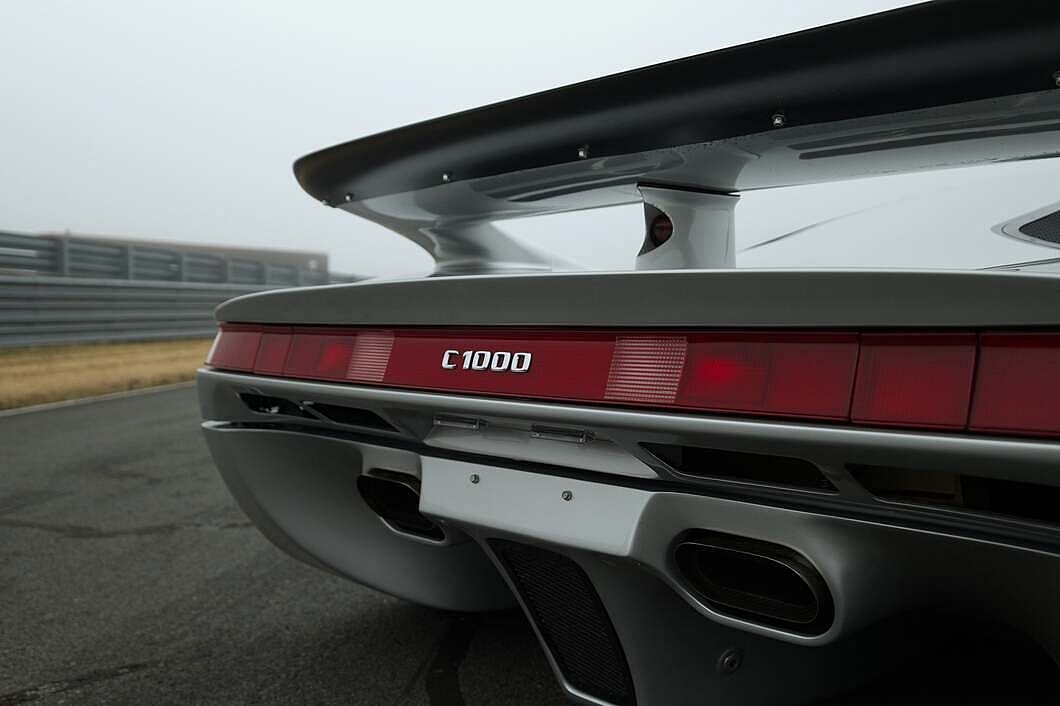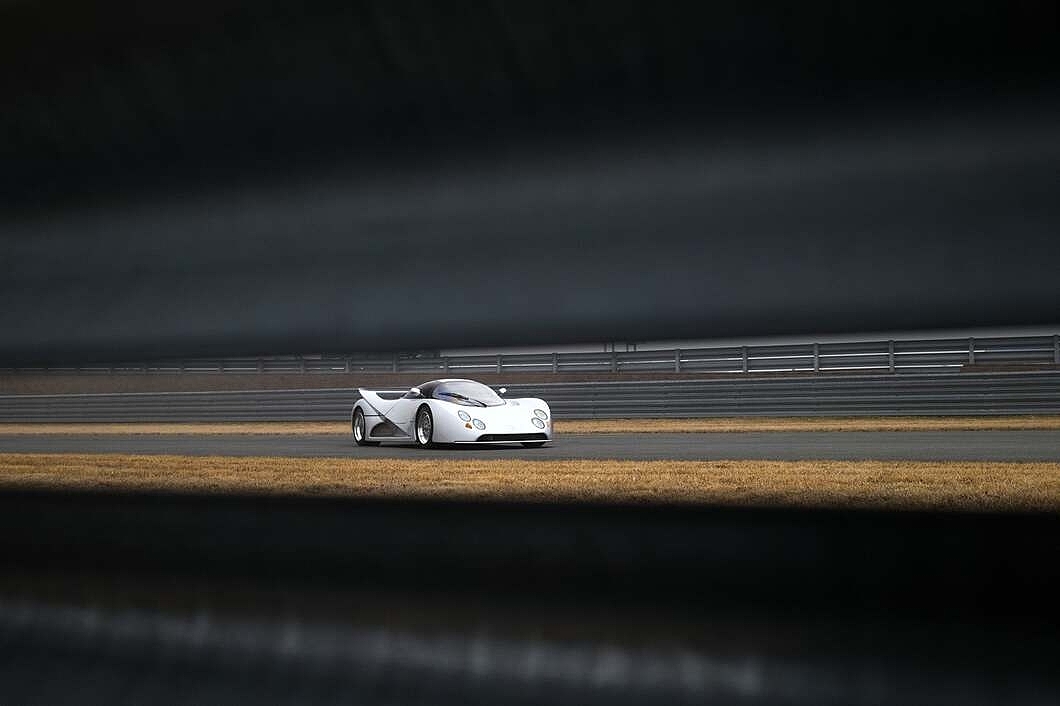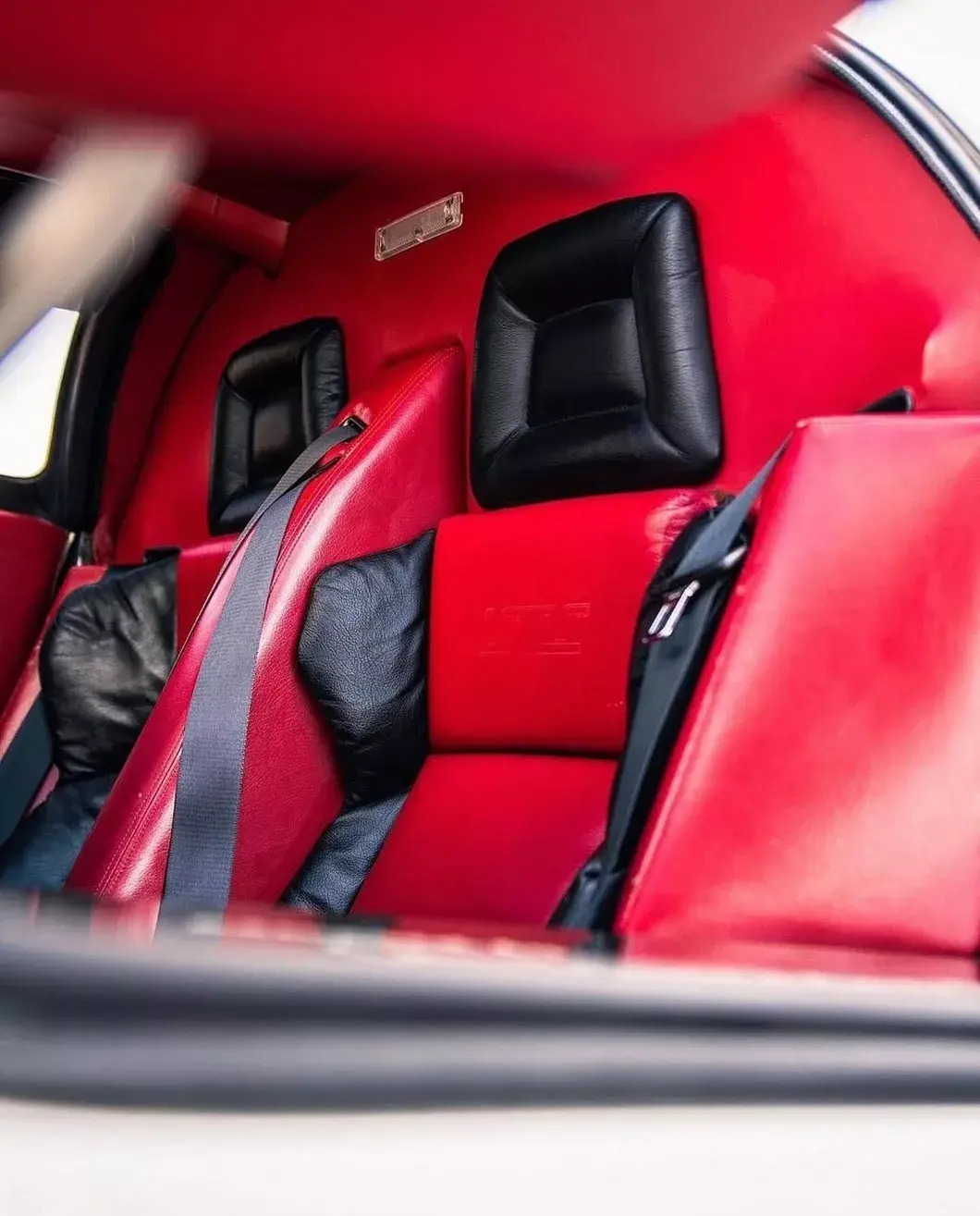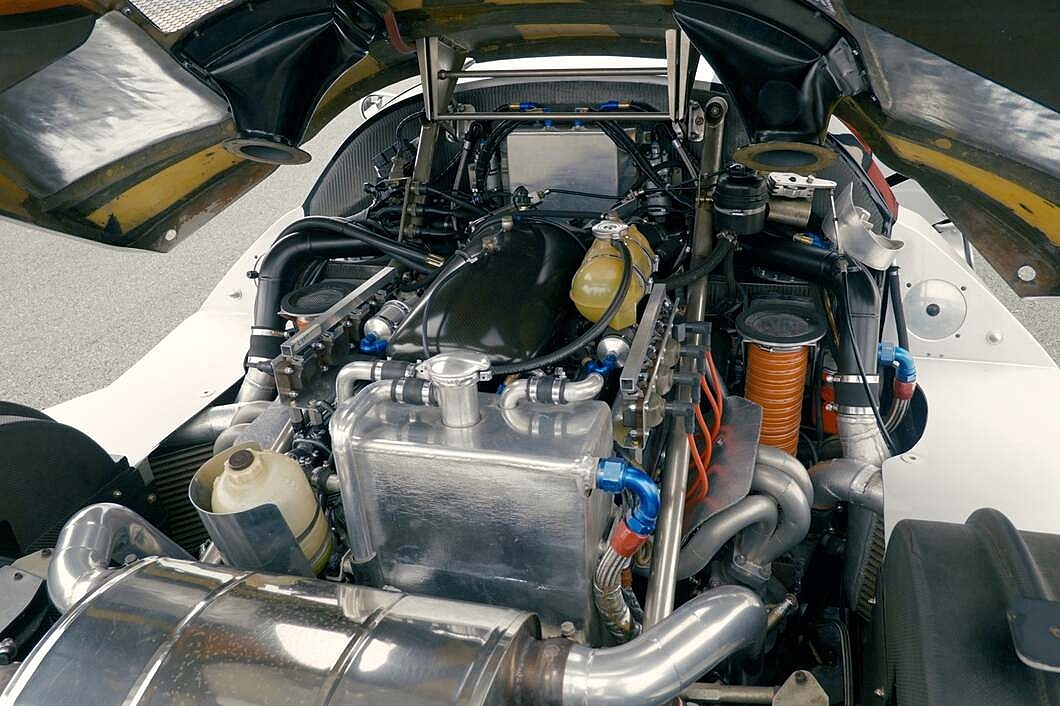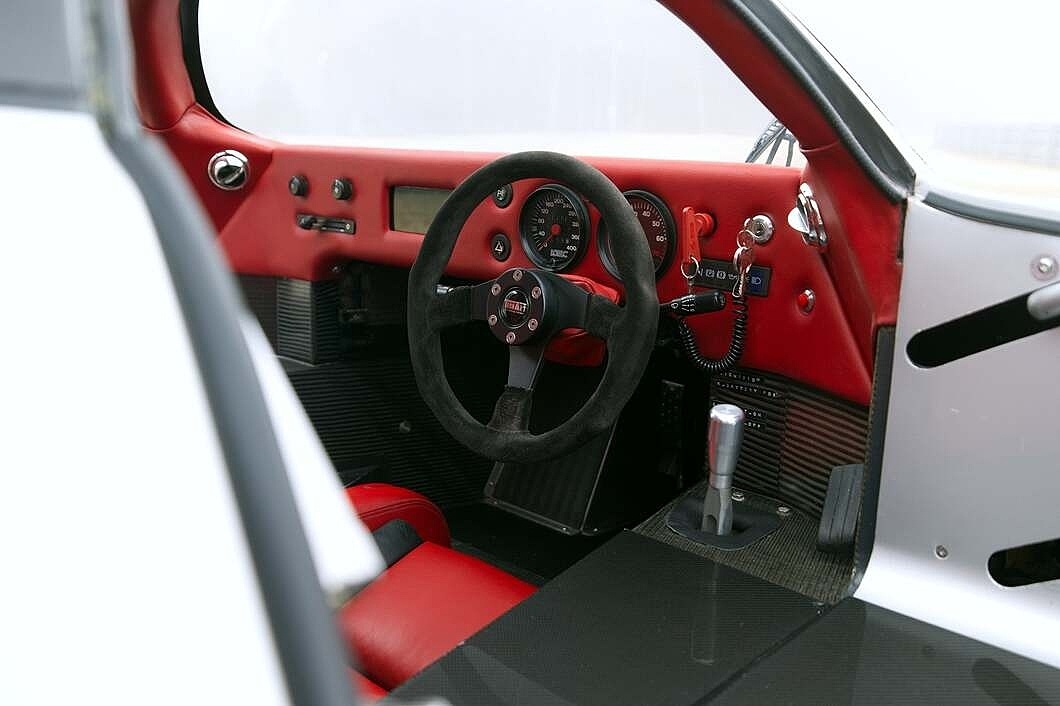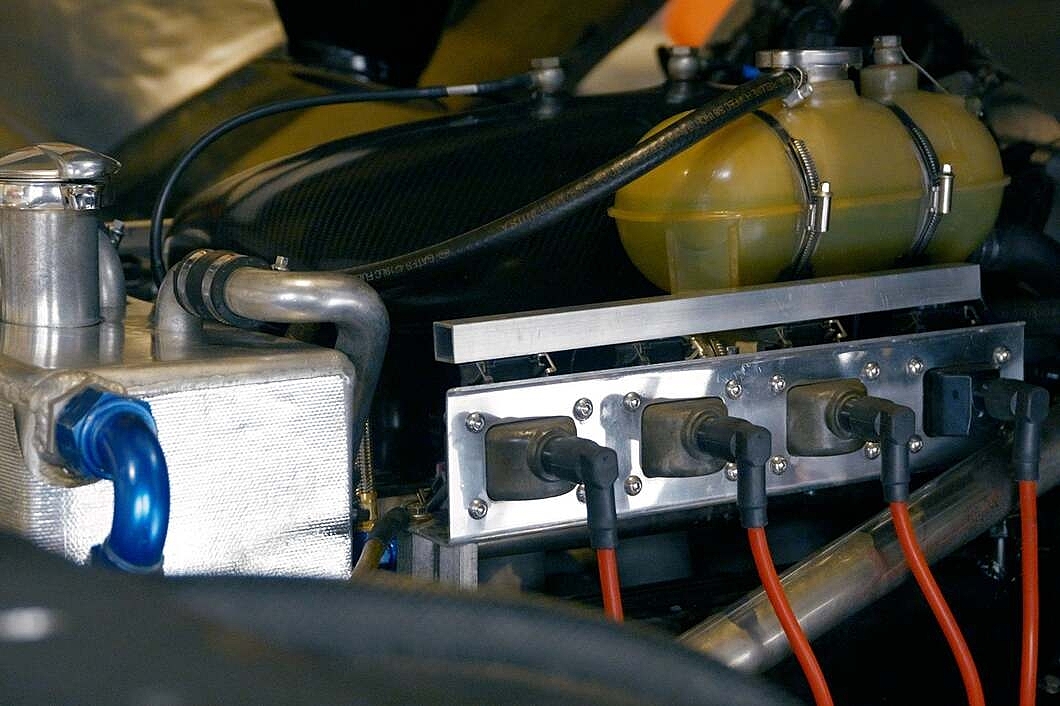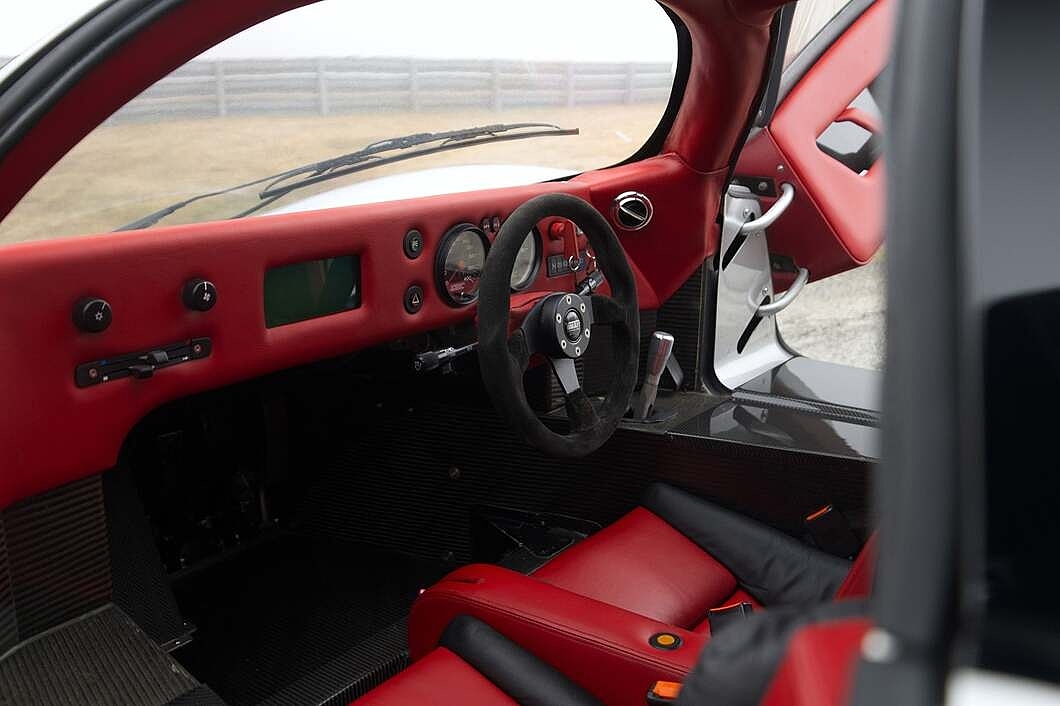One of None: The Lotec C1000
The early 1990s was a peculiar crossroads. The excess of the 1980s had given way to restraint, but flashes of ambition remained. Porsche’s 959 had already reset the road car rulebook, Ferrari’s F40 weaponized rawness, and McLaren’s F1 redefined speed with a driver at its center. Mercedes, rooted in tradition but buoyed by Group C dominance and AMG’s rise, straddled both worlds. On the fringes, tuners like Koenig Specials, Gemballa, and Rinspeed still chased wings, pipes, and conversions that kept excess alive. Outside cars, culture was shifting. Jurassic Park broke cinema ground, the internet crept into homes, Windows 95 loomed, and the PlayStation was about to alter gaming. It was a transitional moment, futuristic and uncertain, a backdrop that made the Lotec C1000 feel like a visitor from another world.
It was also a time when immense wealth could bend the rules. For some, things like Porsche Sonderwunsch, or BMW Individual weren’t enough. They wanted singular machines that ignored boundaries. Those demands produced audacious creations, born in quiet meetings in secret places between wealthy patrons and race shops bold enough to indulge them.
